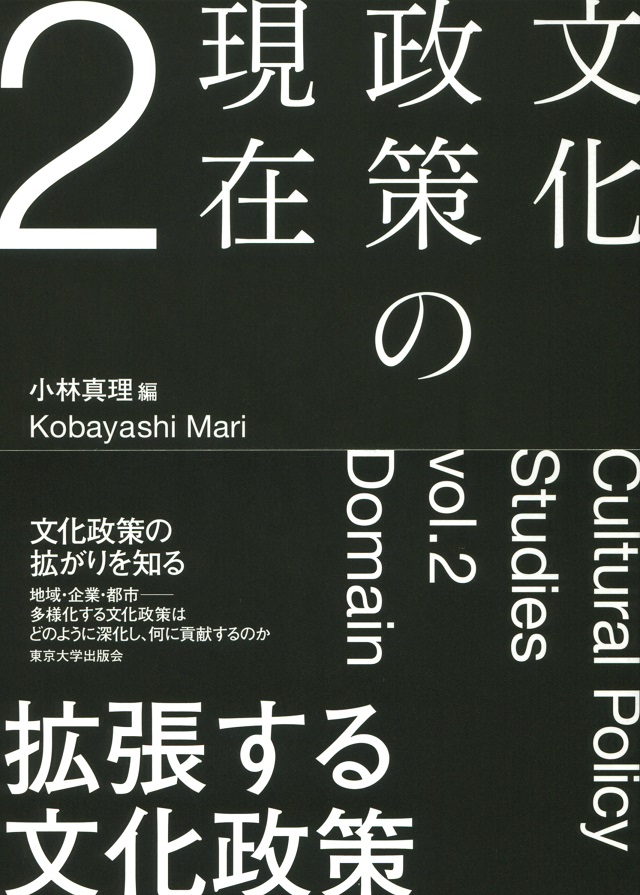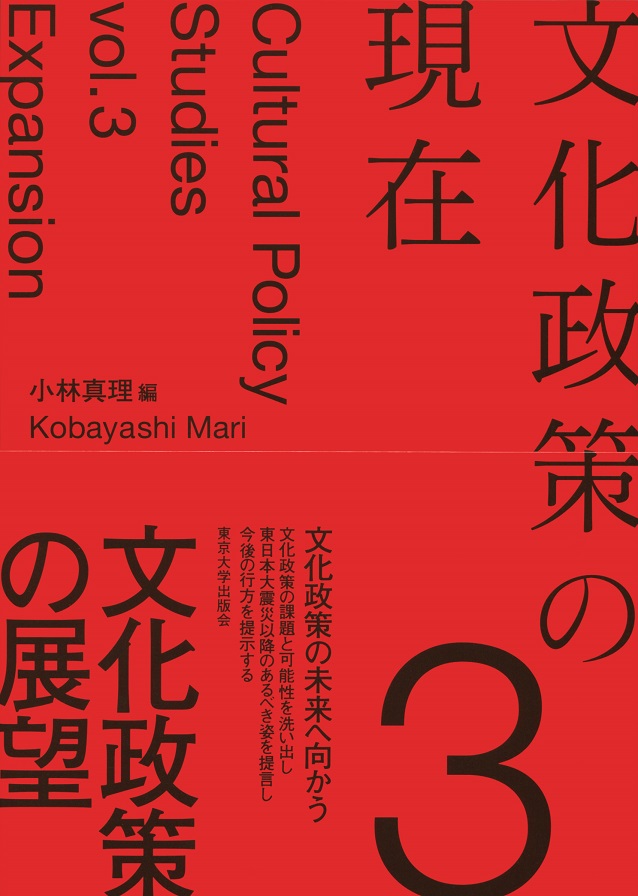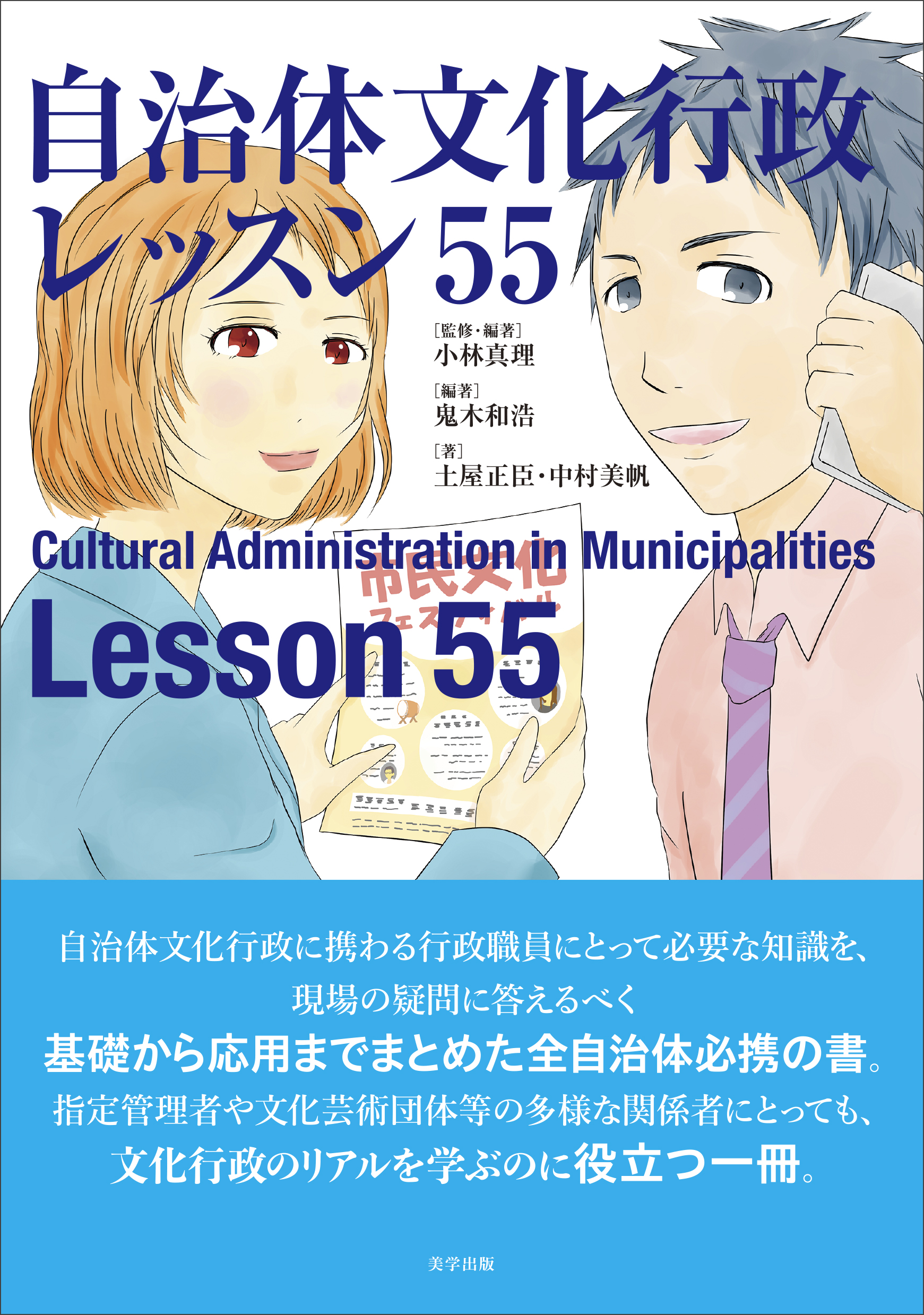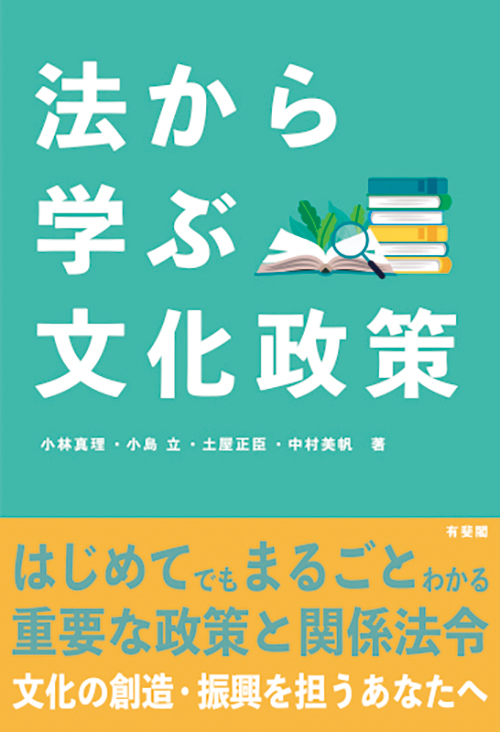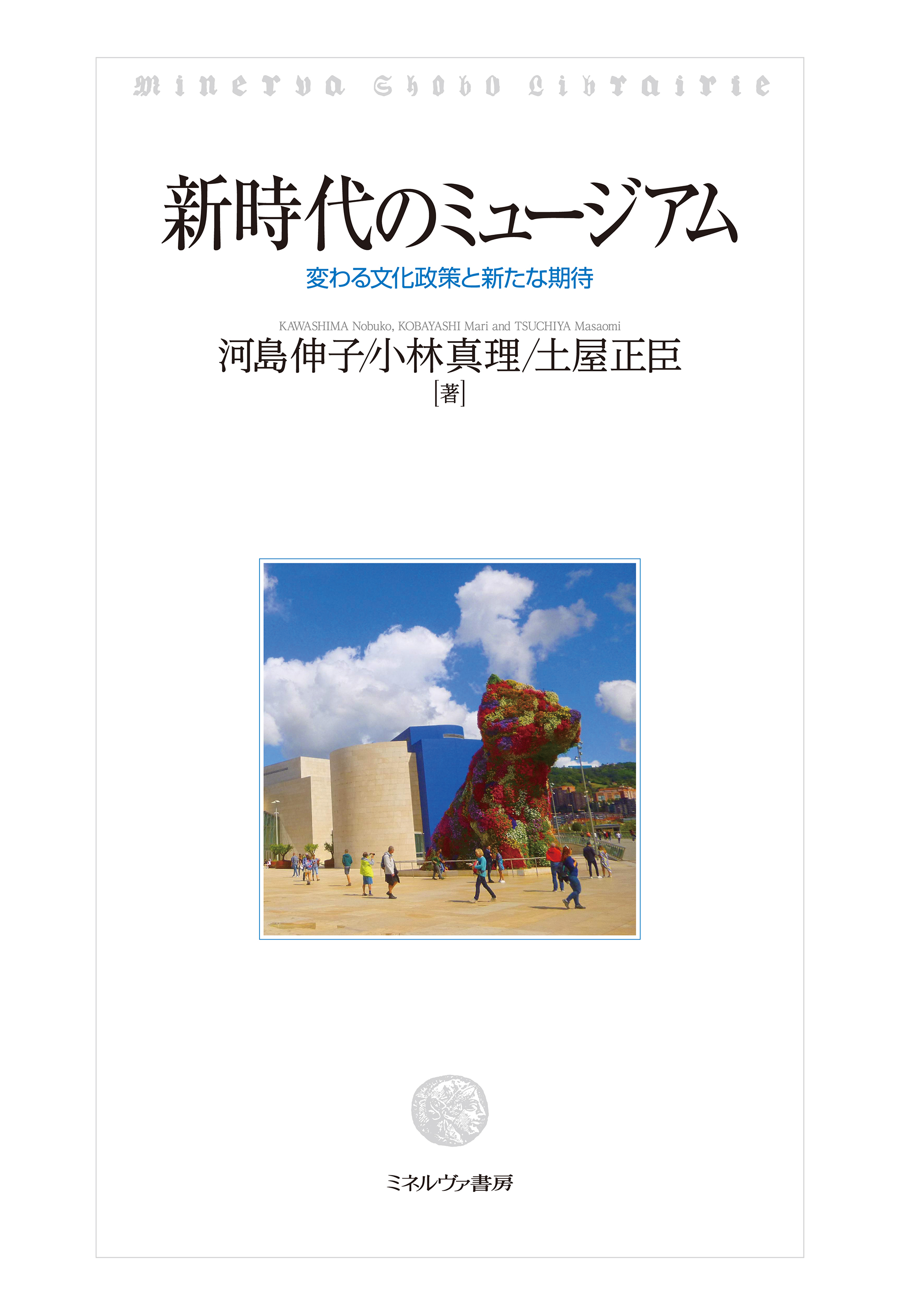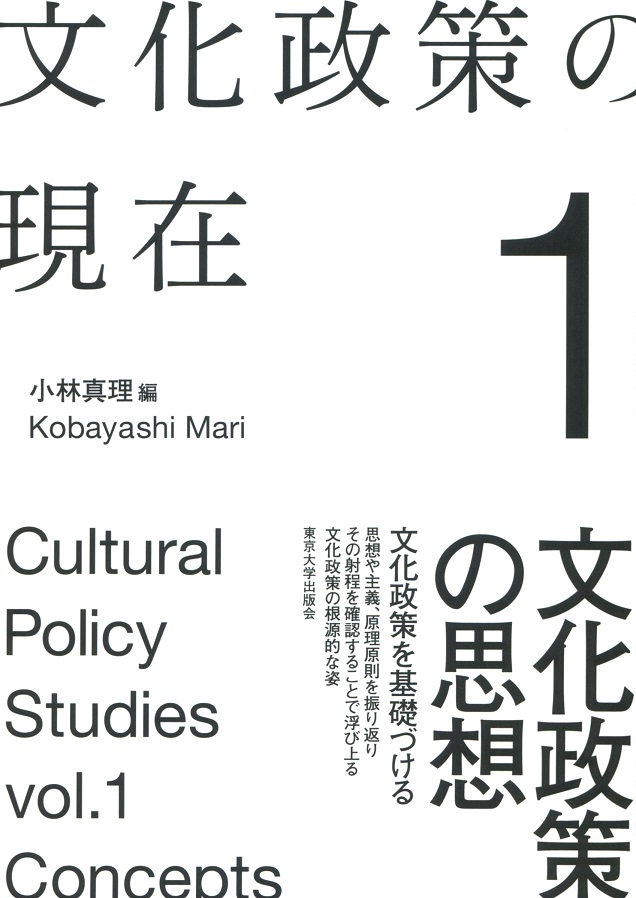
Title
Present Cultural Policy Bunka Seisaku no Shiso (Vol.1: Ideologies of Cultural Policy)
Size
336 pages, A5 format
Language
Japanese
Released
February 22, 2018
ISBN
978-4-13-003495-1
Published by
University of Tokyo Press
Book Info
See Book Availability at Library
Japanese Page
This book is the first volume in the series Present Cultural Policy. The series is intended to propose and examine perspectives and challenges related to the consideration of culture and the arts, art projects, festivals, arts festivals, creative cities, omotenashi (hospitality), Cool Japan, the national commitment to tourism, cultural diplomacy, the national commitment to intellectual property, cultural programs related to the Olympics, and other policies and measures related to cultural matters not actually beginning with the word “culture,” as well as the present state of related projects. The term “cultural policy” came into formal use at the national level in the first decade of the 21st century. The Council for Cultural Affairs, which was formed by the reorganization of central ministries and agencies as a part of administrative reform, submitted its Basic Policy on the Promotion of Culture and the Arts to the Minister of Education, Culture, Sports, Science and Technology on the basis of the Basic Act for the Promotion of Culture and the Arts, which was enacted in 2001. Under cabinet decisions, projects have been implemented, and the policies and procedures for implementing them have been established. This can be defined as the beginning of cultural policy, even though theories on cultural policy and related matters were discussed with enthusiasm before the war and there were cultural policies in effect, albeit not in the generally accepted sense today. Even after the war, administrative efforts to protect cultural properties began early, and progressive local government bodies began to administer cultural affairs in the 1970s. In brief, this series has been conceived as a foundation for learning the features of policies concerning culture and the arts, how they are put into practice, the kinds of challenges they face, and the appropriate measures to be taken.
Volume 1 explains and clarifies the fundamental concepts of the underlying ideologies and doctrines or the rules and principles that are studied when cultural policy is put into practice. This volume is directed more toward specific concepts, revealed by a broad survey of past cultural policy, than toward the history of policy of some specific country. It focuses on the background and disputed points when these basic concepts are introduced into discussions and the ideology when efforts are made to practice cultural policy, as well as on their concrete effects (the ripple effects of putting them into practice). For example, the ideology of “artistic freedom” includes contents that differ from those of “freedom of expression” in Japan. If anything, it resembles the concept of “academic freedom,” which has to be guaranteed in universities which operate on the premise that they will be subsidized by the state under the Constitution of Japan. In contrast to other countries, however, it is assumed that artistic freedom has not yet been incorporated as a basic human right in Japan. Moreover, an examination of the origins of “arts councils,” whose establishment and operation is a challenge in the field of cultural policy in present-day Japan, shows that the ideology behind their establishment has absolutely nothing in common with present-day ideology. Because it is a field in which policy has been delayed, the concepts, rules, and principles that are used to talk about culture are written so as to return to their points of origin.
(Written by KOBAYASHI Mari, Professor, Graduate School of Humanities and Sociology / 2018)



 Find a book
Find a book


